Women’s empowerment at heart of Imam Khomeini’s socio-political ideology
By: Humaira Ahad
Rich elites drive mobs behind them to bring about so-called “changes” in society, but here is a man who lived next to the Jamaran Hosseiniyeh in a modest dwelling tucked in the mountains of northern Tehran and led a revolution that in modern times has no parallel.
He was Ayatollah Ruhollah Khomeini, the tallest religious and political leader of his era, yet simple and modest, with a sensitivity that goes beyond the realms of poetic subtleties.
Millions of people rallied behind him as he courageously took on the arrogant Western powers and their puppets in the region. He had an inimitable charisma that drove people toward him.
Imam Khomeini was simple and straightforward and spoke the truth without fear or favor, frustrating the minds that propagate lies and falsehood. He didn’t believe in idle talk.
He not only influenced the minds of people but their hearts as well through spiritual talks aimed at Islamic revival and reconstruction of religious thought. And he walked the talk.
People in Iran, women and men, inspired by the charismatic leader of the Islamic Revolution, stood up bravely against the war machine of Western imperialist powers and their lackeys in Iran.
After years in exile, Imam Khomeini returned home and was received by millions of jubilant followers, who overthrew the West-backed Pahlavi dictatorship. It took streams of blood and exemplary sacrifices to establish the Islamic Republic and realize the mission of Imam Khomeini.
After the establishment of the Islamic Republic and the end of the tyrannical dictatorship, the Iranian people felt empowered and reforms started immediately in line with people’s aspirations.
Be it Jehad e Sazandegi (revolutionary drive for social reconstruction), Jehad e Danishgahi (revolutionary drive for higher educational reforms), the uplifting of the Mostazafeen (the oppressed or the exploited downtrodden), or the liberation of women, many important measures were carried out by the government under the leadership of Imam Khomeini.
The most remarkable aspect of the Islamic Revolution spearheaded by Imam Khomeini was that it gave voice to the women of Iran and freed them from the shackles of imperial slavery.
During the eight-year imposed war on Iran immediately after the 1979 Islamic Revolution, men and women fought side by side to save their country in a demonstration of extraordinary valor.
Women served as doctors and paramedics, working tirelessly on the battlefield and behind them were also women who donated their possessions, in kind and cash, to lessen the huge financial pressure of the war and also encouraged their men to fight for their land.
The female folk could be seen in large numbers everywhere, carrying the banner of revolution, inspired by Imam Khomeini who saw men and women as equals.
In the Islamic Republic, as envisaged by Imam Khomeini, special attention was given to women who had been sidelined by the West-backed regime of the Shah.
Imam Khomeini rejected the propaganda against Islam and made the world see and believe that the religion of Islam does not suppress and isolate women but empowers them.
The founder of the Islamic Republic of Iran put a strong emphasis on the participation of women in all walks of life, maintaining that women have an important role to play in the political, cultural and social arenas of life and building a new Iran.
Imam Khomeini believed that women should be on the same pedestal as men, and women should be actively involved in rebuilding the country in roles that were previously reserved for men.
He maintained that a woman is closer to the divine as she is more creative and humane compared to a man and therefore Islam desires her to reach the highest level of intellectual and spiritual growth.
The late architect of the Islamic Revolution adhered to the belief that happy and progressive families lead to prosperous countries, and women hold the power to build peace-filled homes and therefore peaceful and successful countries.
In the Islamic social structure, the character-building task and the revolutionary achievement of a wholesome personality fell in the hands of women apart from their role in other walks of life.
According to Imam Khomeini, men along with women need to contribute actively to build a just society where humans are not treated as objects but as the valued creation of God.
He strongly rejected the notion that a woman’s stature is inferior to that of a man and encouraged women to lead successful and dignified lives. He made sure that the Islamic Republic of Iran respects women’s individuality and rejects the idea of them being used as tools for men’s pleasure.
The imperialist powers that claim to be the saviors of women have objectified women. Gender and selective feminism are the tools that are being used by them to push their nefarious designs. The idea of progress and freedom in line with Western standards has weakened the structure of the traditional family leading to alienation and other psychological ailments.
According to statistical data, pre-revolution Iran gave no political and social rights to women. The post-revolution policy of the government changed and women’s presence became more pronounced, both educationally and culturally.
In the family system and through marriages they emerged more powerful, secure and independent as personalities. Imam Khomeini’s vision appeared to materialize in more ways than one.
The freedom and rights that women enjoy in present-day Iran trace their roots to the ideology of the founder of the Islamic Revolution who stressed that women should be free to think, study, work, select and govern their own destinies.
Imam Khomeini believed that a woman has a right to determine her fate and essentially both men and women should be given equal rights.
Today, the educational institutes of this country are filled with women. The rate of female literacy is 85.5 percent which happened to be only 37 percent before the Islamic Revolution.
The percentage of Iranian women in higher education is 57, marking a 20-fold increase from a mere 3 percent in 1978. Iran happens to be well ahead of the US as well, where this rate is 39 percent.
The marginal role which was imposed on women in Iran ended with the Islamic Revolution. After the success of the Islamic Revolution, the presence of women in various sectors increased.
Contrary to the Western propaganda women can be seen working in both the public and the private sectors in Iran today and excelling in their own way.
They are doctors, pilots, professors, engineers, lawyers, journalists, bankers, scientists, and agriculturists, and many are running their own businesses. They live their lives with heads held high.
Humaira Ahad is pursuing her Ph.D. at a university in Tehran.
(The views expressed in this article do not necessarily reflect those of Press TV.)
'Next to impossible' to rescue patients from Gaza's Kamal Adwan Hospital: Director
VIDEO | Vietnam current prosperity
Report blames gasoil exports for shortage at Iranian power plants
VIDEO | Hind Rajab Foundation names Israeli war criminals vacationing after Gaza genocide
VIDEO | Australians rally for Gaza ahead of Christmas festivities
VIDEO | Attacks on Sana'a
Iran reports further drop in annual inflation rate in December
Israel indicts two settlers over suspected spying for Hezbollah


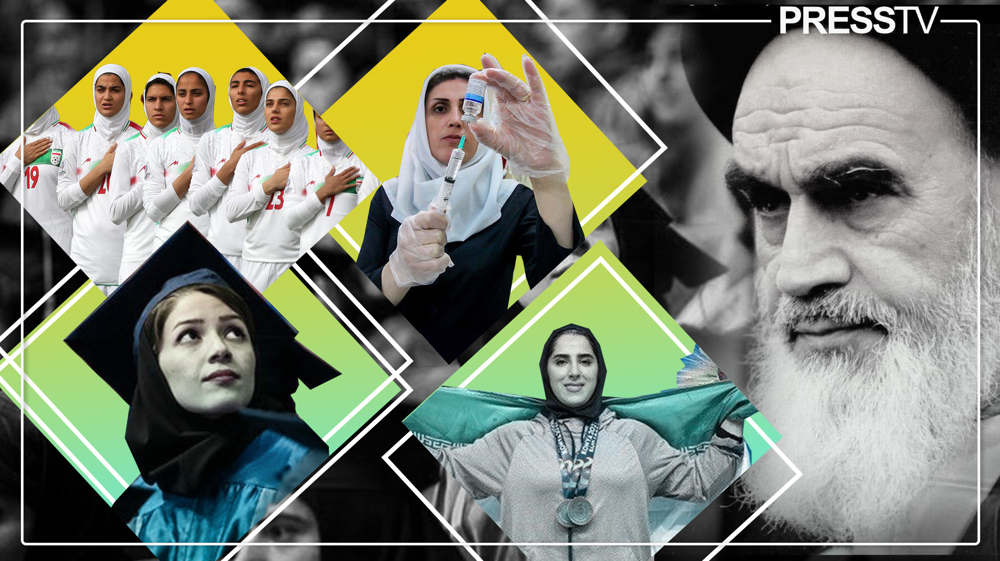

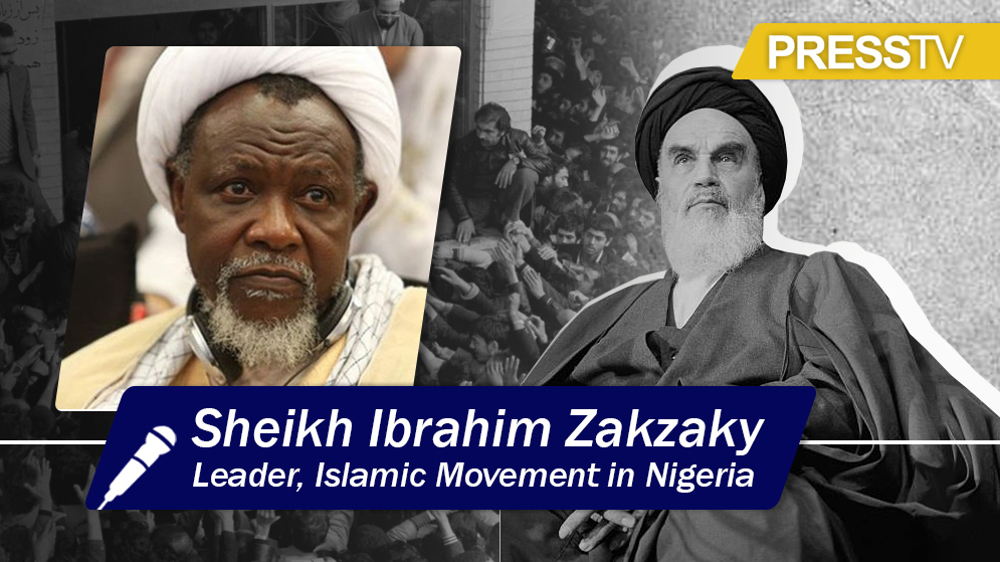
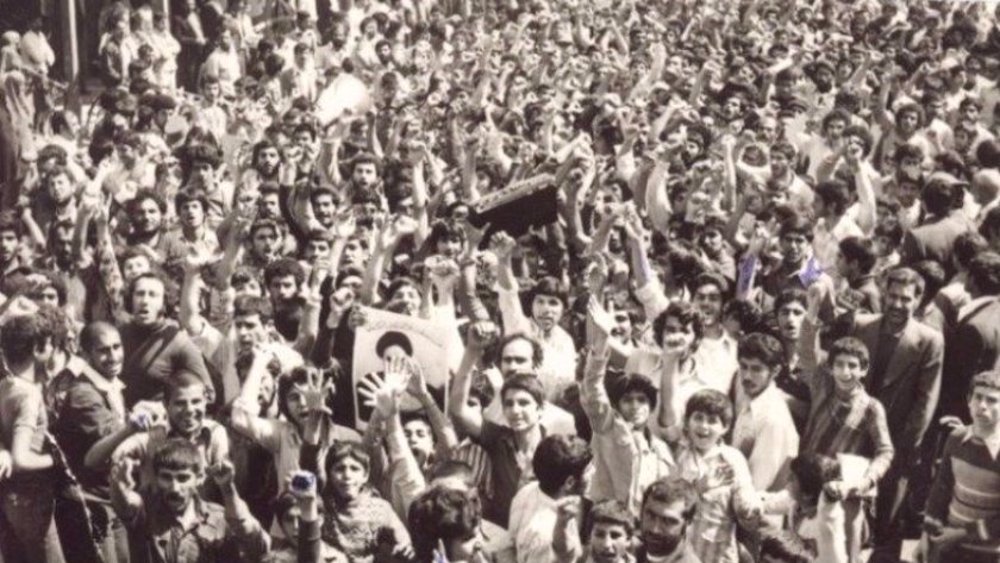



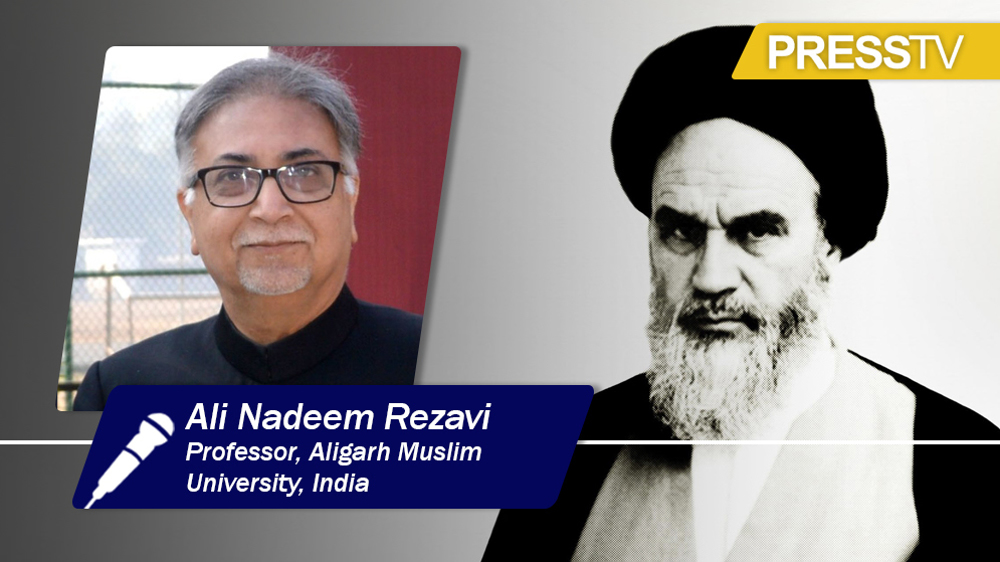
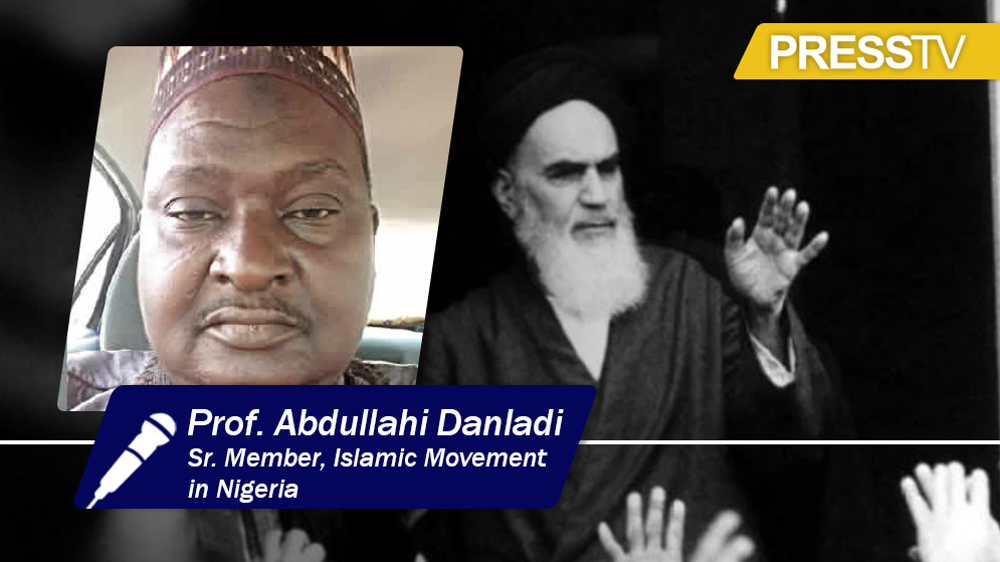
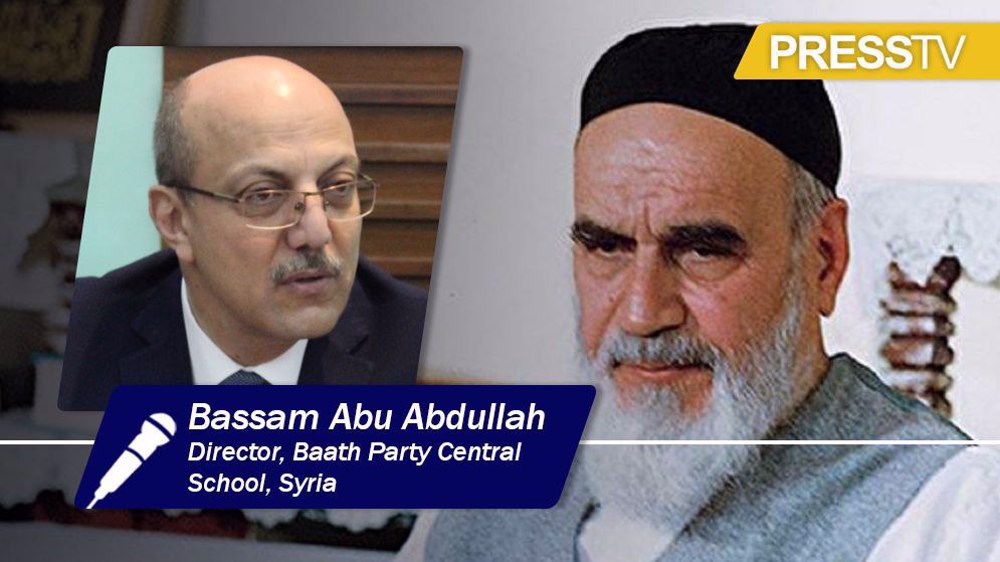
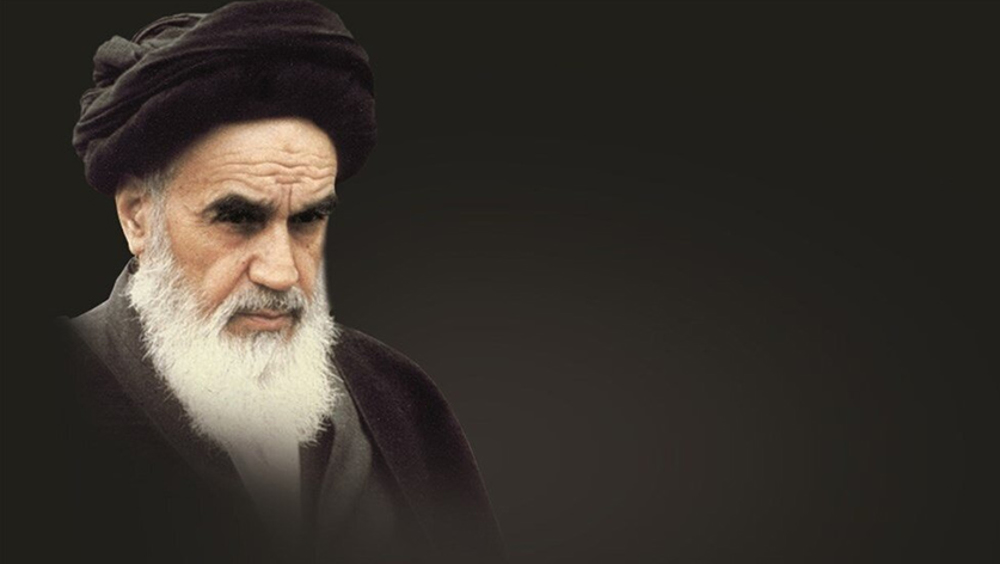
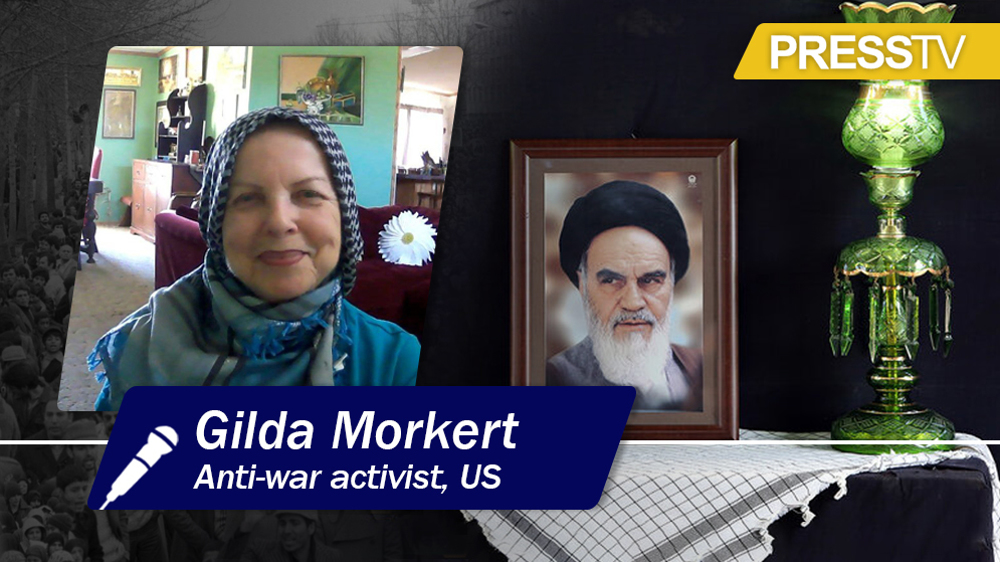

 This makes it easy to access the Press TV website
This makes it easy to access the Press TV website